Everyone dreams of a lush, green lawn to improve their home’s curb appeal and provide the perfect space for outdoor activities.
However, professional lawn care can be costly, and you might not want to spend your hard-earned money on these services.
That’s where do-it-yourself lawn treatment comes in handy.
This article will guide you through the steps to effectively treat your lawn yourself and achieve that picture-perfect yard you’ve always wanted.
1. Test Your Soil
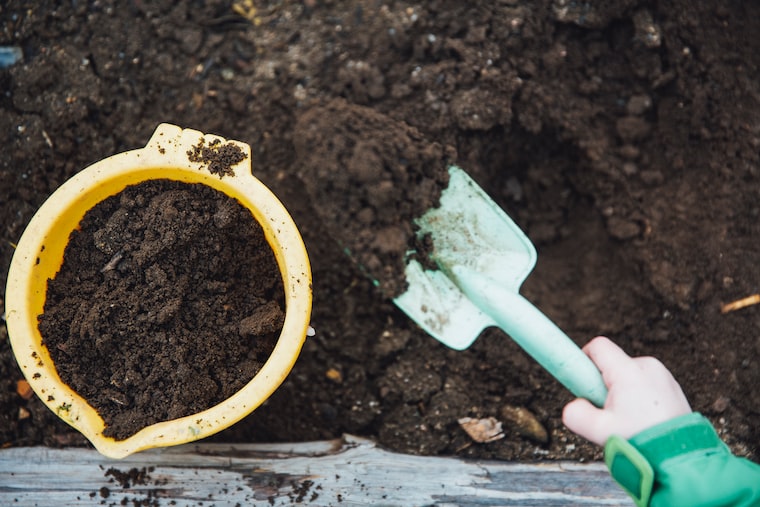
The first step in any successful do-it-yourself lawn treatment is understanding your soil’s needs.
Perform a soil test to determine the pH level, as well as nutrient deficiencies or surpluses.
Based on the results, you can choose the right fertilizers and amendments to improve your soil’s health.
2. Choose the Right Fertilizer
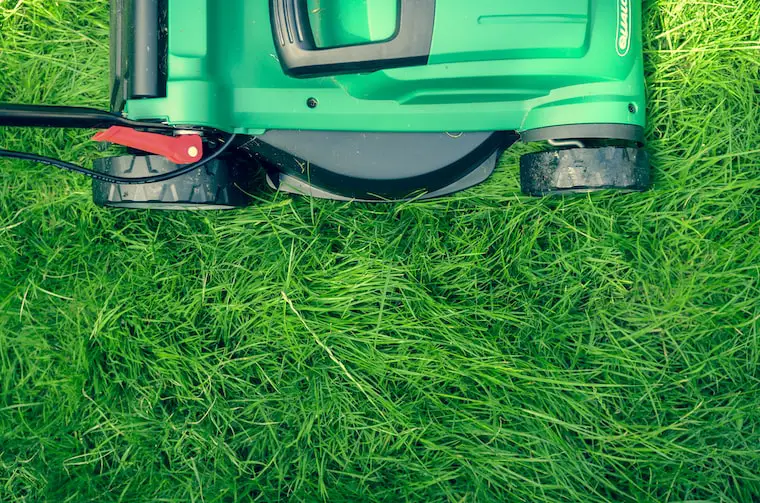
Fertilizer is essential for a healthy lawn, as it provides the necessary nutrients for grass growth. There are three main types of fertilizers:
- Organic: Derived from plant or animal sources, like manure, bone meal, and blood meal.
- Synthetic: Chemically produced, these fertilizers are usually more concentrated and faster-acting.
- Slow-release: A type of synthetic fertilizer that releases nutrients slowly over time, reducing the risk of over-fertilization.
Choose the fertilizer that best suits your soil test results and personal preferences.
3. Aerate Your Lawn
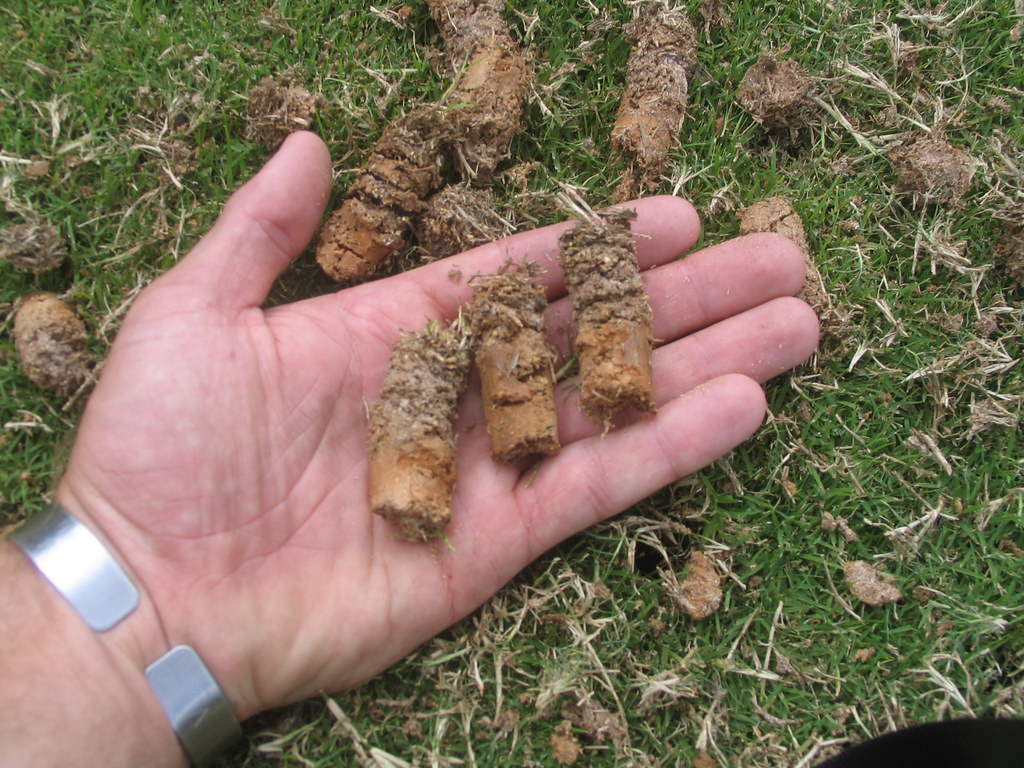
Aerating your lawn is the process of creating small holes in the soil to allow air, water, and nutrients to penetrate the grass roots.
This helps the roots grow deeply and produce a stronger, more vigorous lawn.
There are two main types of lawn aerators:
- Spike aerators: These use solid tines to poke holes in the soil.
- Plug aerators: Also known as core aerators, these remove small plugs of soil and thatch, creating more effective aeration.
You can rent an aerator from your local hardware store or purchase a manual aerator for smaller lawns.
4. Overseed for a Lush Lawn
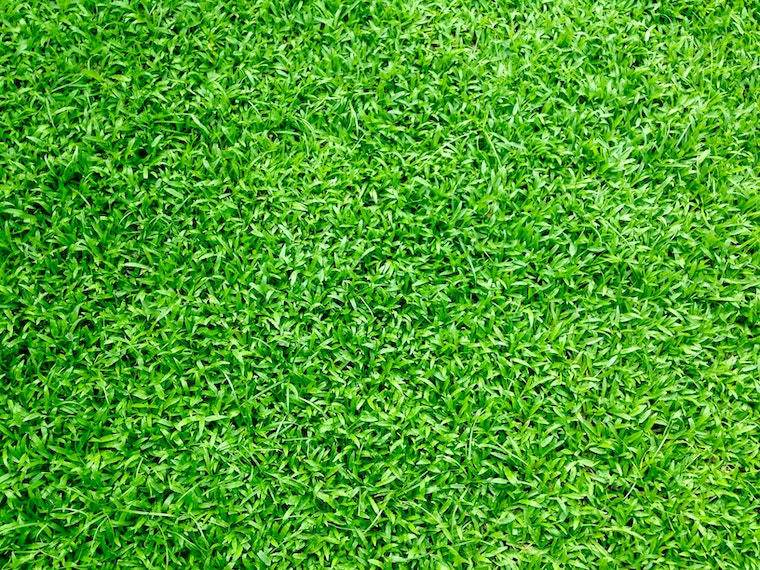
Overseeding is the process of spreading grass seed over your existing lawn.
This helps to fill in bare spots, improve grass density, and introduce new, more resilient grass varieties.
To overseed your lawn, follow these steps:
- Mow your lawn: Cut the grass to a height of 1.5 to 2 inches.
- Rake the lawn: Remove any dead grass, leaves, or debris.
- Spread the seed: Use a broadcast spreader or your hands to evenly distribute the grass seed.
- Water regularly: Keep the soil consistently moist until the new grass is established.
5. Control Weeds
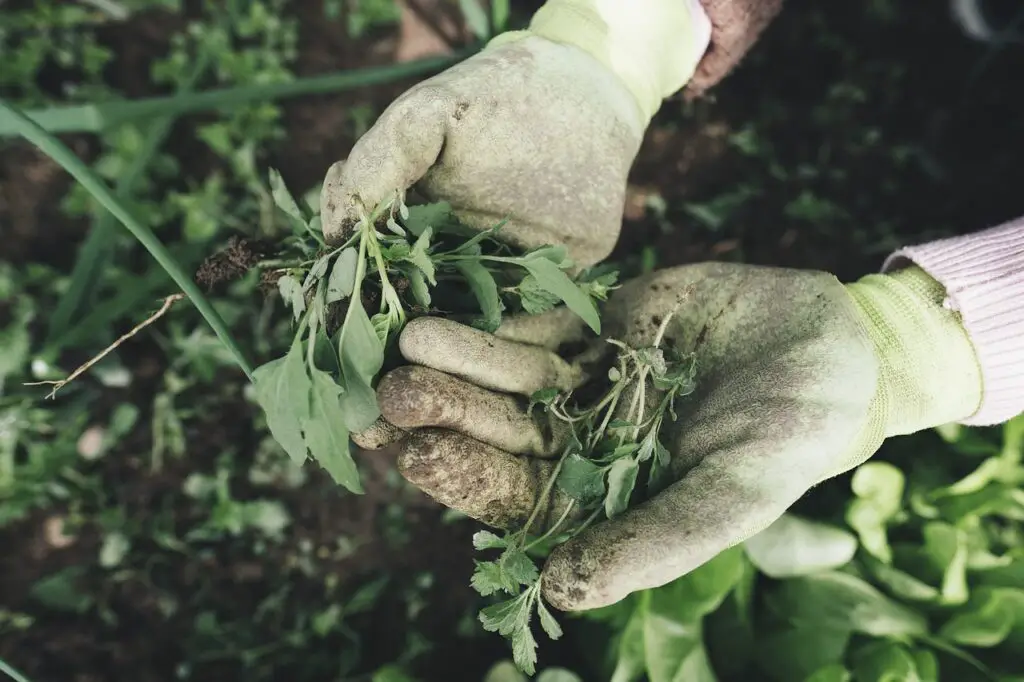
Weeds compete with your grass for nutrients, water, and sunlight. To maintain a healthy lawn, it’s crucial to control these unwanted invaders.
There are several methods for weed control:
- Pre-emergent herbicides: Prevent weed seeds from germinating.
- Post-emergent herbicides: Kill established weeds.
- Manual removal: Pull weeds by hand or use a weeding tool.
- Organic solutions: Apply natural herbicides like vinegar or corn gluten meal.
Choose the method that best aligns with your lawn care goals and environmental preferences.
6. Water Wisely
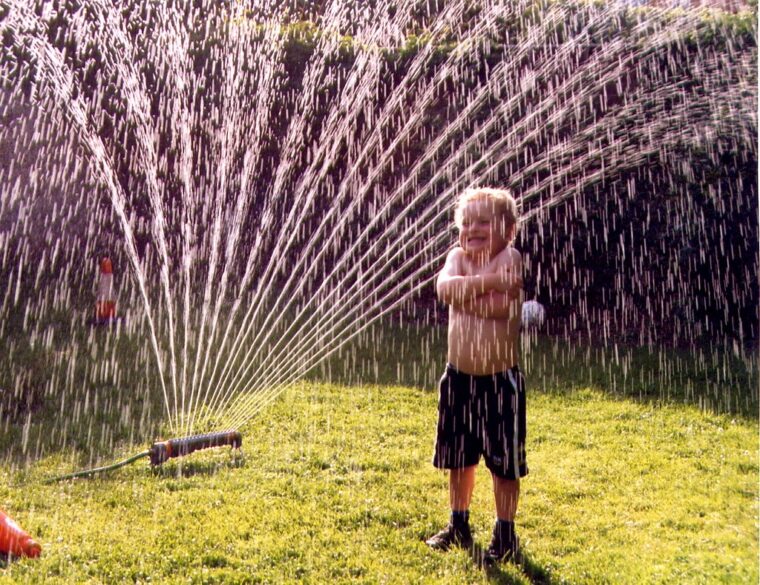
Proper watering is essential for a healthy lawn. Here are some guidelines to ensure your grass gets the hydration it needs:
- Water deeply but infrequently: This encourages deep root growth and drought tolerance. Aim for 1 to 1.5 inches of water per week, in one or two sessions.
- Water early in the morning: This reduces water loss due to evaporation and prevents the growth of fungus.
- Use a rain gauge: This helps you track how much water your lawn is receiving from rainfall and irrigation.
7. Mow the Right Way

Mowing your lawn correctly is crucial to maintaining its health. Follow these best practices:
- Keep your mower blade sharp: Dull blades tear the grass, leaving it susceptible to disease.
- Mow at the right height: Cutting your grass too short can stress it and promote weed growth. Aim for a height of 2.5 to 3 inches.
- Don’t remove more than one-third of the grass blade: Cutting too much at once can shock the grass and inhibit growth.
Conclusion
Implementing a do-it-yourself lawn treatment plan can save you money and provide a sense of satisfaction in maintaining a beautiful yard.
By following the steps outlined in this guide, you can achieve a healthy, vibrant lawn that will be the envy of your neighbors.
So, roll up your sleeves and start treating your lawn today!
FAQ
Q: How often should I fertilize my lawn?
A: The frequency of fertilization depends on the type of fertilizer and your lawn’s specific needs.
Generally, you should fertilize your lawn 2 to 4 times per year, with the first application in early spring and the last one in late fall.
Q: When is the best time to overseed my lawn?
A: The optimal time to overseed depends on the type of grass you have.
For cool-season grasses, overseed in the fall or early spring.
For warm-season grasses, overseed in late spring or early summer.
Q: Can I use household items for DIY lawn treatments?
A: Yes, there are many household items you can use for DIY lawn treatments, such as using vinegar as an organic herbicide or using Epsom salt to provide magnesium to your lawn.
However, always research the appropriate usage and potential side effects before applying any household items to your lawn.
Q: How often should I aerate my lawn?
A: It’s generally recommended to aerate your lawn once a year, either in the fall or spring.
However, if your lawn experiences heavy foot traffic or has compacted soil, you may need to aerate more frequently.
Q: Can I combine lawn treatments?
A: Yes, you can combine certain lawn treatments, such as aerating and overseeding, to improve your lawn’s overall health.
However, be cautious when combining treatments like fertilization and herbicides, as this can cause unintended side effects or harm to your lawn.
Always research and follow the instructions on product labels.

I am a fun fact enthusiast and creator of Facts On Tap.
I love to share my knowledge and curiosity with readers and inspire them to learn something new every day.
When I’m not writing, I enjoy traveling, reading, and playing trivia games with my friends.





